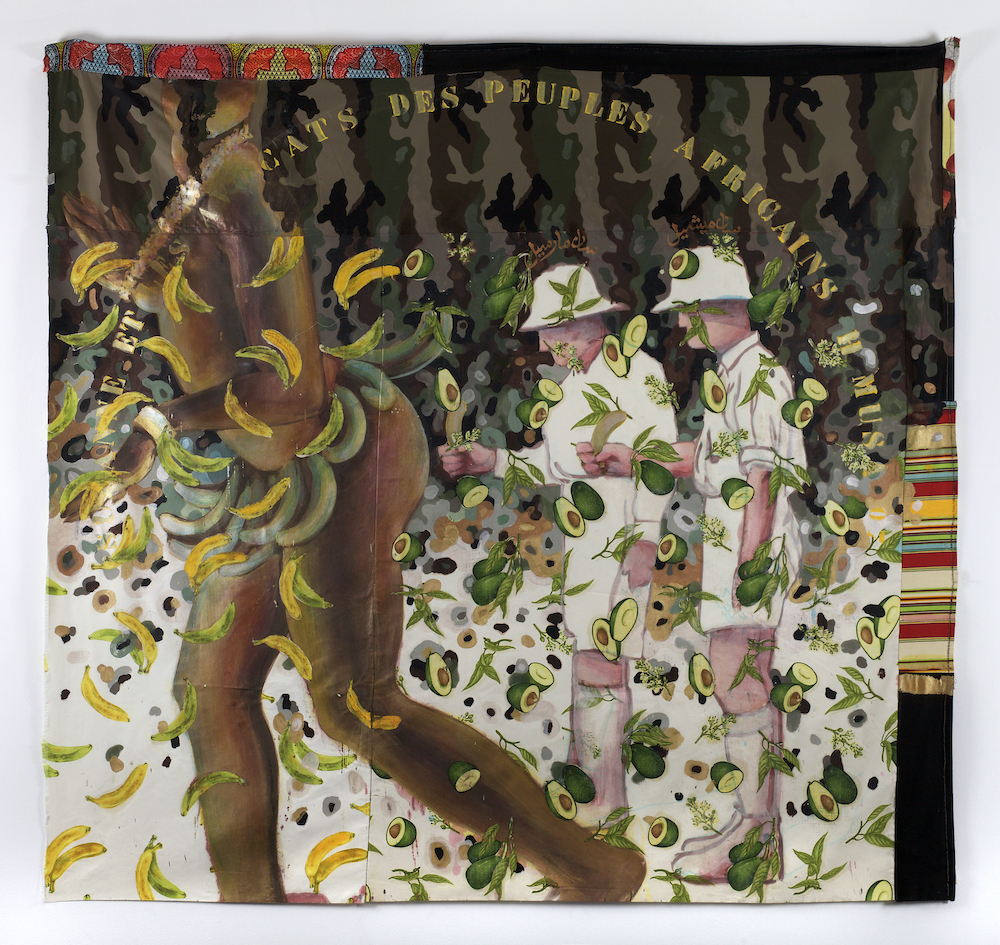Je vois Joséphine Baker comme une chorégraphe américaine (traduisez : chorégraphe européenne), qui a réussi à construire tout un répertoire remarquable de chorégraphies primitivistes. Chorégraphies qu’elle présentait, sur les scènes européennes, comme danse « africaine ».
Mais Joséphine Baker n’était pas seulement une chorégraphe, c’était également une américaine noire qui a trouvé réfuge en Europe après avoir expérimenté la misère et la brutalité du racisme américain du début du XXème siècle. Cependant quand on examine la nature de l’accueil que les européens lui ont réservé, on constate le même rejet raciste, mais exprimé de manière autre, un racisme subtil et biaisé qui a fait d’elle la représentante d’une sexualité primitiviste débridée et diabolique à la fois, une sexualité noire capable d’assouvir tous les fantasmes érotiques du mâle blanc, chrétien et dompteur du monde sauvage. Bref, c’était la femme idéale pour Indiana Jones ou pour Michel Leiris, jeune poète surréaliste égaré parmi les ethnologues et promoteur de l’ethno-esthétisme.
Si Joséphine Baker est devenue un sexe-symbole chic de l’Afrique dans le Paris des années 20, ce n’est pas parce que elle était la seule « africaine » dans cette ville. Paris a, depuis toujours, connu les communautés noires d ’Afrique ou des îles Caraïbes. Mais Joséphine était la femme noire qui se trouvait là, au bon moment et au bon endroit, au carrefour des grandes contradictions socio-culturelles de la société française d’entre deux guerres : colonialisme, ethnologie, fascisme, surréalisme, primitivisme, art nègre, charleston et robes courtes. Elle était l’arbre américain qui cache la forêt africaine. Proche des hommes de l’envergure de Michel Leiris, Picasso, Van Dongen, Hemingway, elle était dans toutes les aventures de l’élite parisienne. A cet égard, sa participation et celle du boxeur noir americain Al Brown, à l’ effort financier de la mission ethnologique Dakar-Djibouti sembla naturelle aux yeux de ses contemporains en tant que « noire » qui aide « son » peuple d’un continent noir qu’ elle n’a pourtant jamais connu. Je ne vois pas Joséphine Baker comme initiatrice de l’ artafricanisme mais comme un support matériel sur lequel des idéologues de l’ethno-esthétisme ont inscrit leurs projets. De son côté, Joséphine Baker, heureuse de la manipulation de son image de femme noire par l’élite négrophile de Paris – The Josephine Baker Story, Ean Wood, 2000 – a évolué sur les ornières du chemin des primitifs européens. Chemin sur lequel des artistes modernes ont laissé de remarquables repères : Paul Gauguin, deux décennies plus tôt, avait installé son primitivisme breton dans une forêt vierge tahitienne réaménagée au goût des parisiens, quant à Picasso, son contemporain, il a combiné le primitivisme espagnol préféodal et l’ art négre sous le regard admiratif des parisiens (John Berger, The Success and Failure of Picasso, 1965). Et en 1916, les dadaïstes organisaient au Cabaret Voltaire des soirées africaines avec des masques primitifs de Marcel Janco (Ean Wood). Je pense que la cage dans laquelle dansait et chantait Joséphine, déguisée en oiseau ou en femelle sauvage, n’ était pas simplement un décor de scène de music hall. Cette cage représentait, dans l’esprit du public européen, une métaphore clé de la culture de domination qu’a engendrée la société capitaliste en Europe. En tant qu’ espace d’oppression et d’ordre où l’on peut classer et contenir les énergies et les êtres du monde « désordonné », la cage apparaissait comme la place appropriée pour les africains. Ce bricolage symbolique du racisme européen s’ appuyait sur toute une tradition d’exposition de « village indigène », qui, depuis la fin du XIXème siècle, représentait l’élément le plus constant des expositions universelles (John MacKenzie, chapitre Les expositions impériales en Grande-Bretagne, dans Zoos humains et exhibitions coloniales, La Découverte, 2002).
Échange de mails entre Hassan Musa et Kerstin Pinther pour le catalogue de l’exposition « Black Paris » (Bayreuth, Frankfurt et Brussels, 2006-2008). Pinther était une des curators qui ont conçu l’ exposition et le catalogue de l’ exposition « Black Paris, Black Brussels ».
15 décembre 2006











